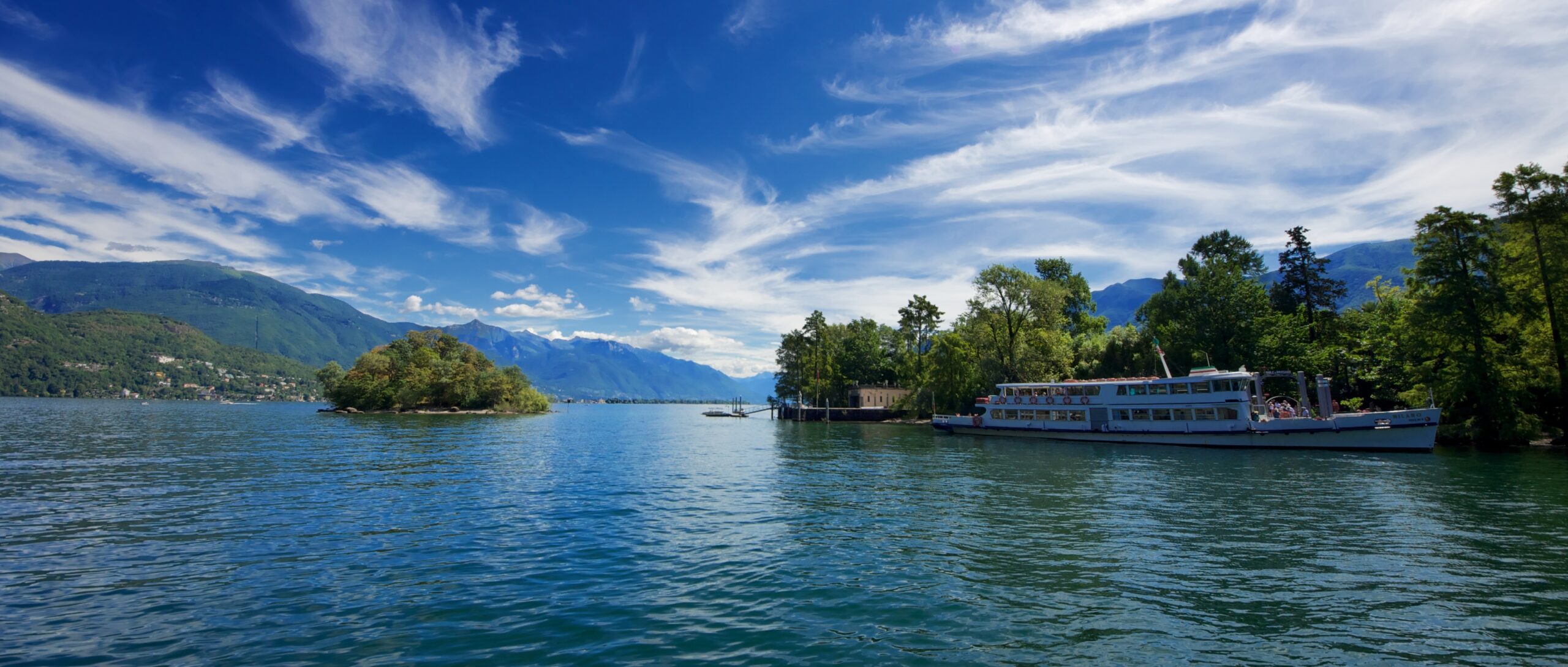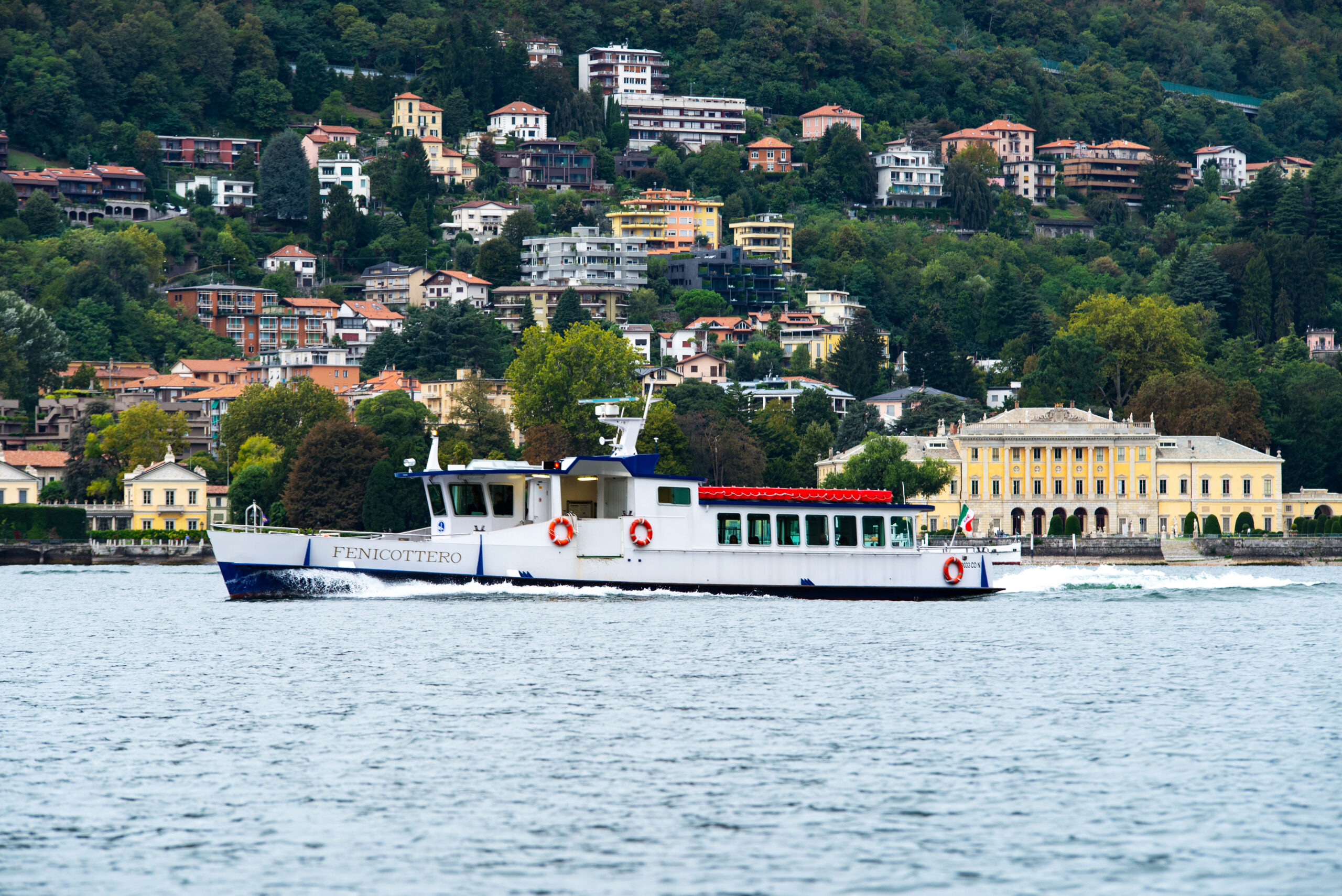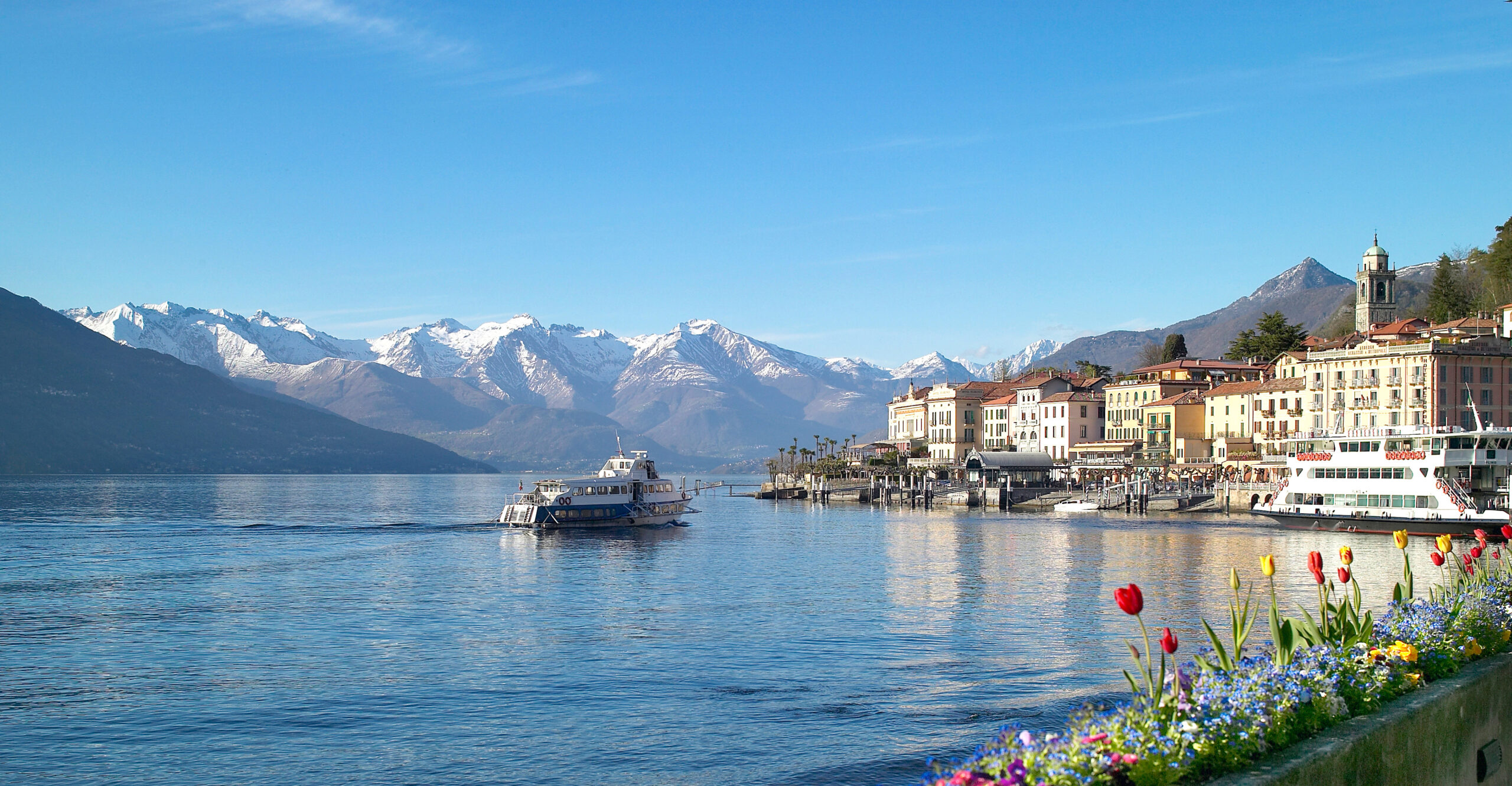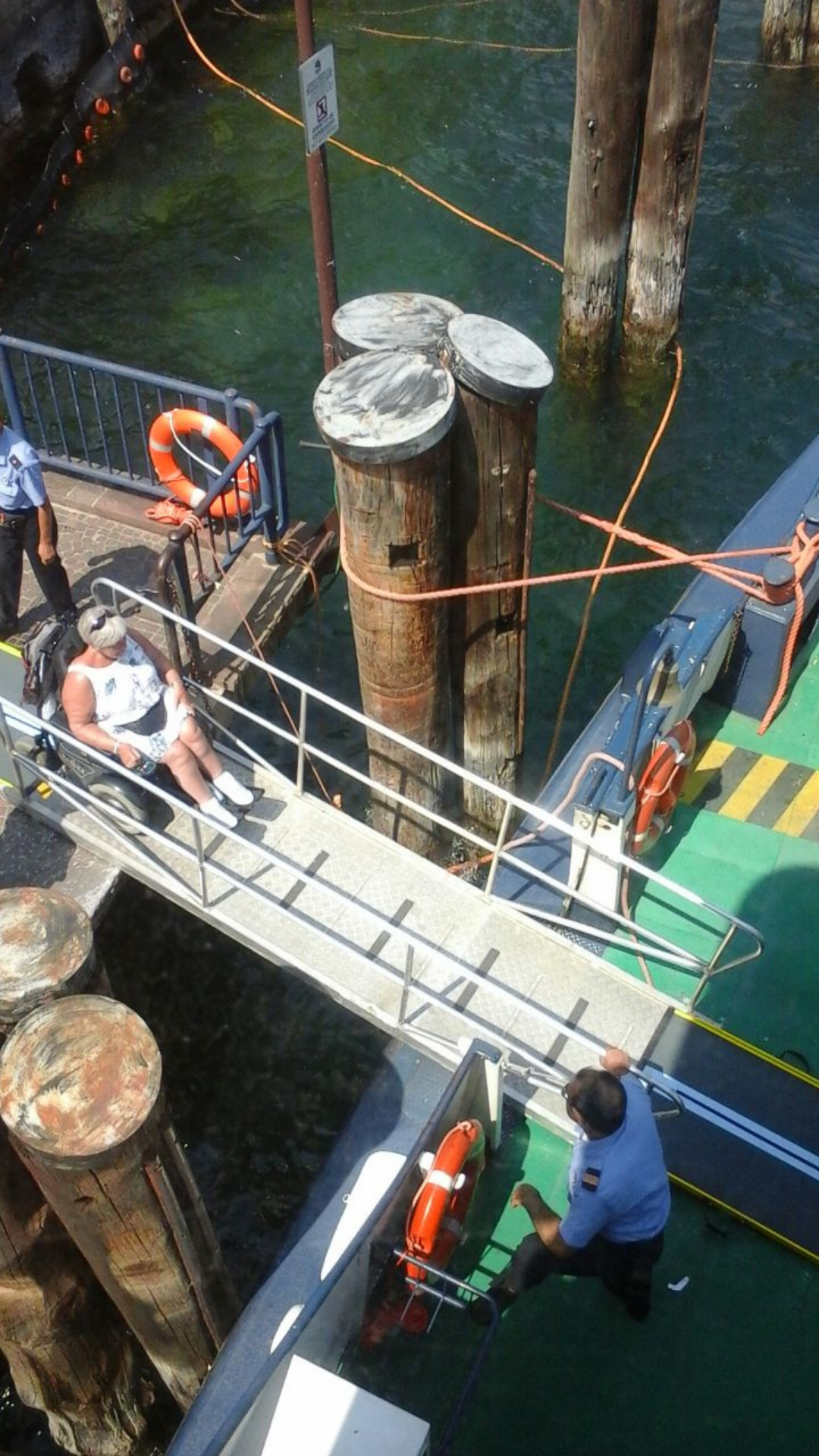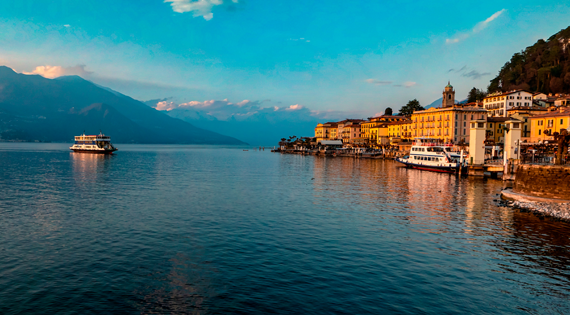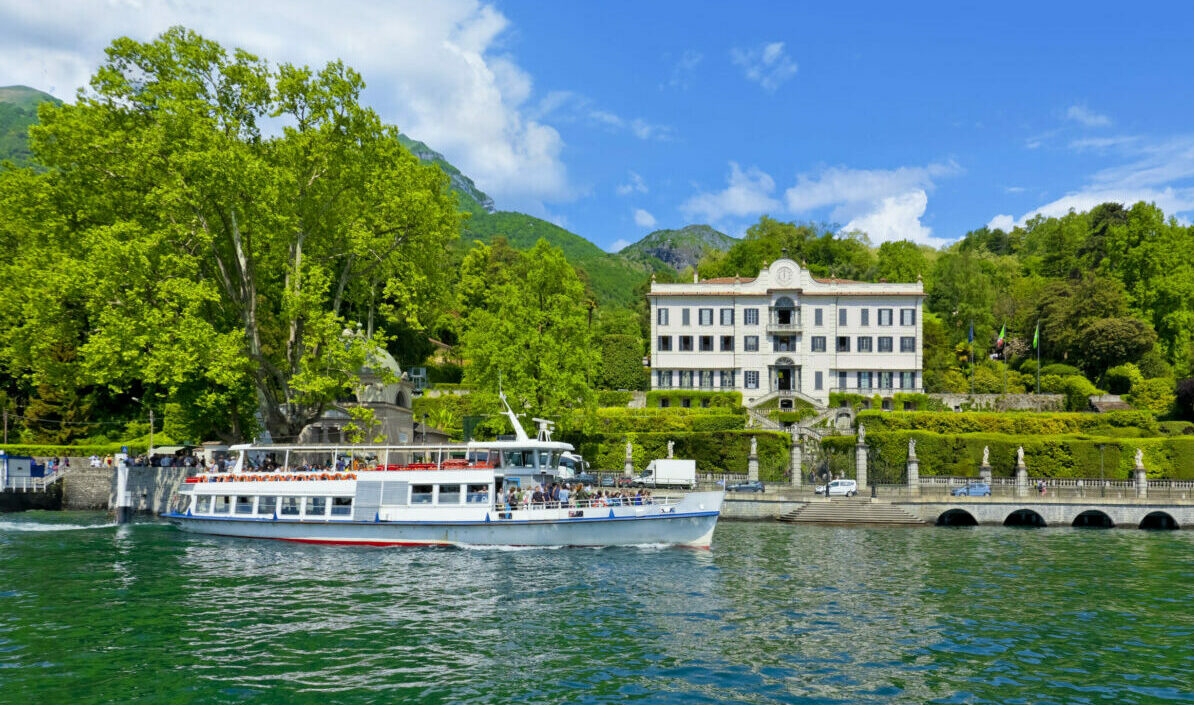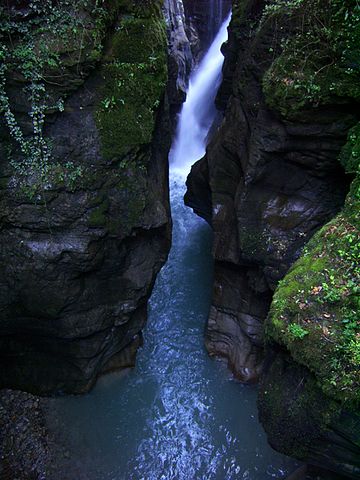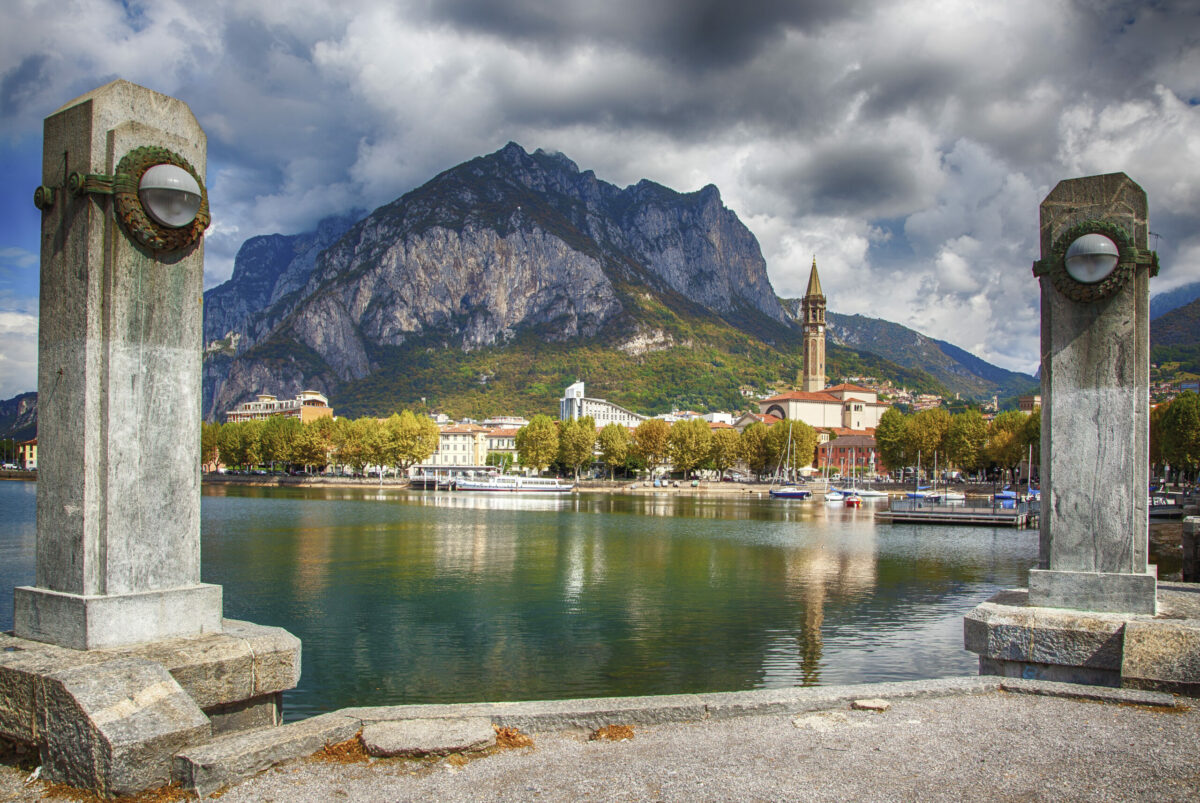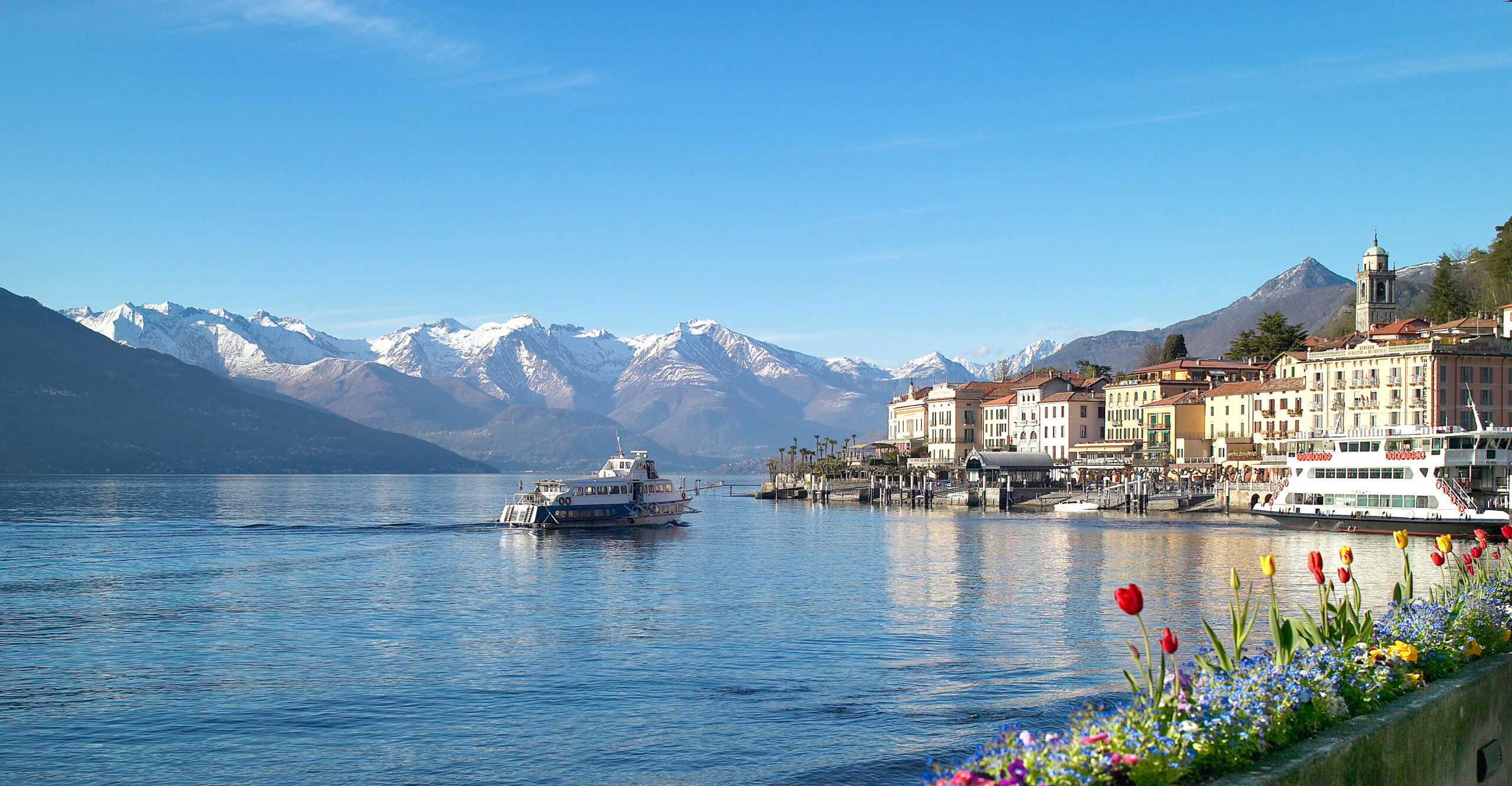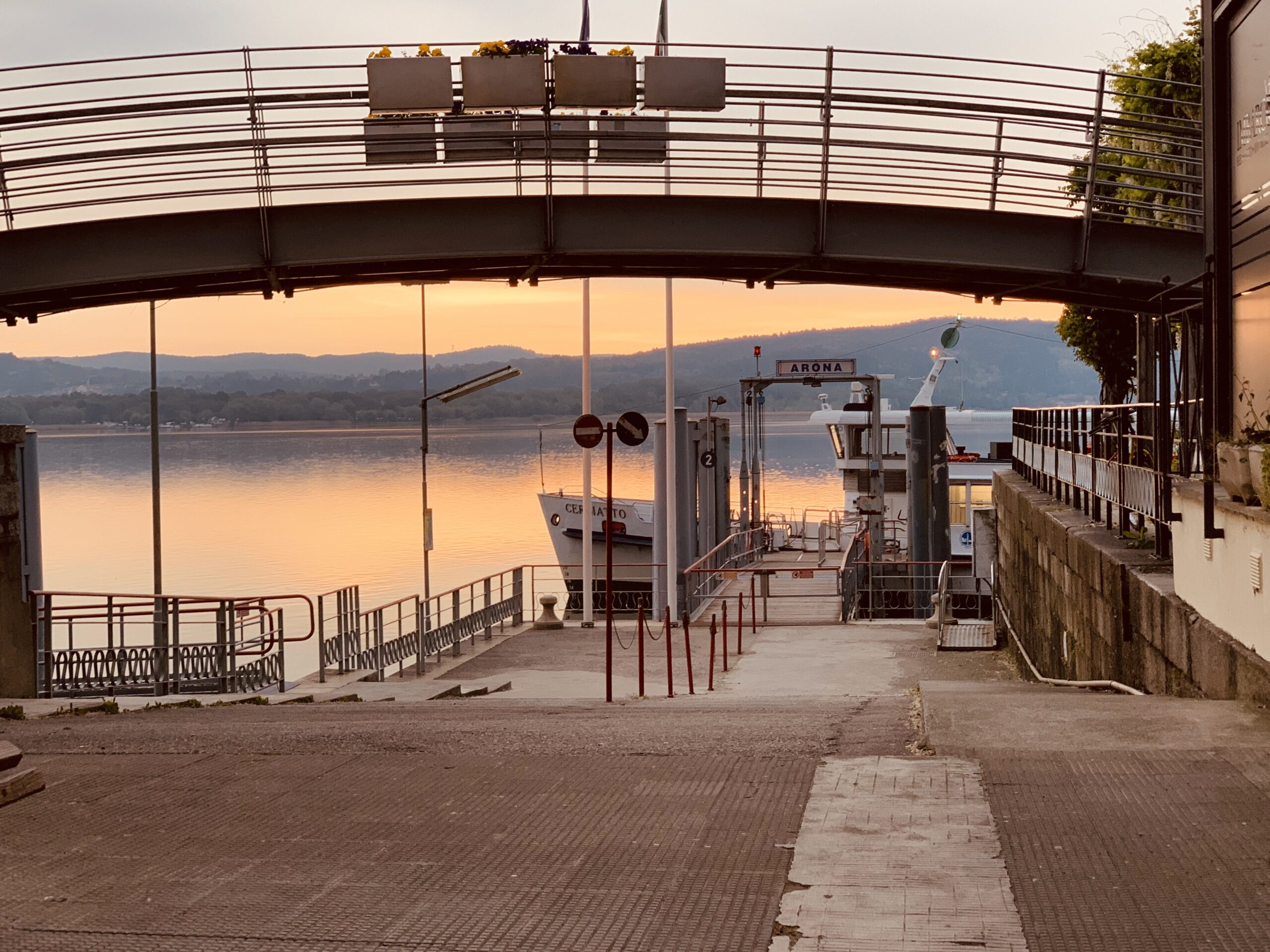
Navigation-themed museums: when water becomes tradition
- All lakes
- Out for…
A small guide to the boat-based museums of Lake Garda, Lake Maggiore and Lake Como
Lake Garda, Lake Maggiore, Lake Como … ideal destinations to “beach” on the shore, surrounded by breathtaking mountains, calm waters, quaint villages and incredible atmospheres.
Yet, there is one activity that is often underestimated by the average visitor to these parts: visit museums.
After all, who comes to the lake – whichever one it may be – to admire Picasso, Pollock or Kandinsky? There are “art cities” for that, with special permanent or itinerant exhibitions.
On the lakes, rather, we speak of museums of tradition, created to bring back to life the customs and trades of an Italy that no longer exists.
And here, talking about tradition means talking about the millenary relationship established between man and the lake territory, but also about three essential elements: water, boats and fishers.
Today, then, we shall discover some museums related to navigation – one per lake – dedicated to the life, people and activities that traditionally took place on the waters of the three great lakes of northern Italy.
The Fishing Museum in Limone sul Garda
The idea of building a collection of objects, photographs and material related to fishing on Lake Garda came from the inhabitants of Limone sul Garda who, working together with former fishing folk and their families, managed to create a unique exhibition.
What makes this place unique is being so steeped in the life of Garda, the old crafts and lake traditions that only here – in a basin on the border between Lombardy, Veneto and Trentino – could evolve in such a specific way.
The Fishing Museum is in the Ex Villa Boghi Municipal Park, right next to the Limonaia, and allows the entire evolution over centuries of life in Limone sul Garda to be brought together in a relatively small space covering the activities of fishers and olive-growers, the subsequent transformation into cedar- and lemon-growers, and the definitive vocation for tourism.
The Museum thus becomes a summation of this centuries-old journey, with fishing and fishers as protagonists, taking us on a voyage of discovery.
Between a well-preserved typical boat, tools used for catching fish, period photographs, captions in three languages and information sheets on the catch of the lake, the visitor takes a journey not only through time but also through people’s living quarters, the piazzas, harbours and vessels.
The Fishing Museum is free and can be visited in the Villa Boghi Park, from April to October, daily from 10:00 am to 8:00 pm.
The Officine dell’Acqua in Laveno Mombello
Also on Lake Maggiore we find an interesting museum initiative dedicated to the lake and its waterways, designed to safeguard and pass down to younger generations the history of a link that has never been broken between the population and its lake.
The Officine dell’Acqua – the Water Workshop – project promoted by the Associazione Vele d’Epoca Verbano, started as the redevelopment of the late-19th-century railway warehouses in Laveno Mombello. This former workplace had been abandoned for over 30 years yet is ideally located in a strategic position linking the Navigazione Laghi embarkations to the railway station and the main road artery.
The aim was to create not just an exhibition space but a social centre to be dedicated to educational and training activities related to traditional handicrafts, otherwise destined to disappear.
The Officine dell’Acqua space is indeed testimony to the navigational activities that took place on the lake in the past aboard transport boats and steamships bound for Venice and beyond via the waterways. Yet, it also represents a place that can host young artists and crafters in search of a space in which to express themselves or eager to learn the ancient art of shipwrights and carpenters.
These needs are met by the incubator for young crafters, the Biblioteca dell’Acqua (Water Library) and the Restoration and Construction School set up within the Officine dell’Acqua complex.
Here then, a pivotal place in the Laveno past lives on again in another guise today, as a space dedicated to knowledge, crafts and tradition.
The Museo Barca Lariana
We conclude our overview of museums dedicated to navigation by reaching the Pianello del Lario on Lake Como, where no less than two thousand years of nautical history await us.
The Museo della Barca Lariana (Lariana Boat Museum) is a unique collection of boats, gathered inside a fascinating 19th-century spinning mill.
More than 400 historical hulls are preserved in its rooms, evidence of the many different types of boats that have crossed the waters of the Lariana – the antique name for Lake Como – over the centuries. We are talking about vessels used for a broad variety of purposes – smuggling, fishing, racing, recreation … There was even a Lucia Mondella who, in the pages of a novel, used a batèl to escape from these lands.
And amongst the boats housed in the museum there is even a batèl, as well as a navèt, sfrusà boats and gondolas with felze and many other types that most people will not have even heard of.
There are prestigious vessels, such as the Laura I Abbate, the first hull to exceed 200 kilometres/hour, or the Balilla motorship, the Giulia gondola and the technological Freccia dei Gerani hydrofoil donated by Navigazione Laghi.
Also not to be missed is the Sala delle Vittorie, testimony to the glorious exploits of the Lariana rowing clubs, or the Sala Vele with the Merope, a winner in the Helsinki Olympics in 1952.
All, of course, accompanied by slides, period photos, recordings, a library with over 2,500 books and historical magazines from the industry, bolstered by testimonies from shipwrights and boaters.
For all those interested, the Museo della Barca Lariana will be accessible as of the month of April, Friday to Sunday from 2:00 pm to 6:00 pm and, on request, on the remaining days of the week for groups of at least 15 people.
Navigazione Laghi: discover the Navigation Museums aboard a ferryboat
In short, here are three more good reasons to travel to these enchanting lakes. What better occasion than an out-of-town excursion dedicated to the history of navigation, to sail the waters of Lake Garda, Lake Maggiore and Lake Como yourself?
All three museums discussed here can be reached by boat via the Navigazione Laghi service, which stops in the vicinity of each museum.
If you enjoyed this article, sign up to our Newsletter and stay up-to-date on all the latest on Lake Garda, Lake Maggiore and Lake Como.

